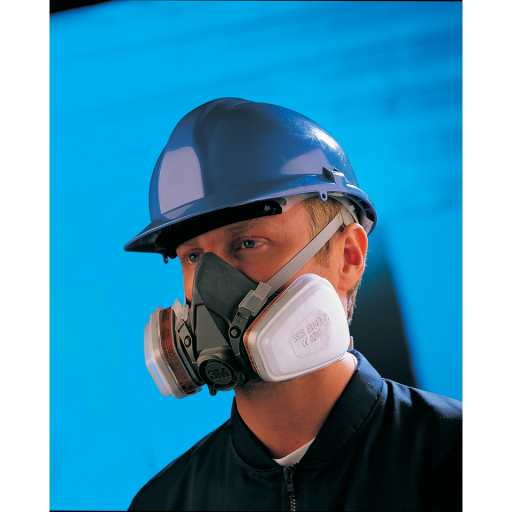[B]Gases and Vapour Hazards[B]
In order to select the right method of controlling exposure and select the appropriate equipment, it is imperative that we know what the hazard is, the right boiling point and whether it has good warning properties.
[B]Gases and Vapours[B]
Gases are substances which are air like. They are neither solid or liquid at room temperature. Common...
Read more.
[B]Gases and Vapour Hazards[B]
In order to select the right method of controlling exposure and select the appropriate equipment, it is imperative that we know what the hazard is, the right boiling point and whether it has good warning properties.
[B]Gases and Vapours[B]
Gases are substances which are air like. They are neither solid or liquid at room temperature. Common gases include oxygen, carbon dioxide and nitrogen.
Vapours are gaseous forms of substances which are solids or liquids at room temperature. They are created by the evaporation of solids and liquids.
[B]To Create a 3M Particulate Respirator you need[B]:
3M 6000 or 7500 Mask
2000 Filters
OR
3M 6000 or 7500 Mask
603 Platform
5000 Series Filter
501 Retainer
[B]To Create a 3M Combination[B]
(i.e. Gas/Vapour and Particulate) Respirator you need:
6000 or 7500 Mask
6000 Series Filter
5000 Series Filter
501 Retainer
[B]To Create a 3M Gas Respirator you need:[B]
6000 or 7500 Mask
6000 Series Filter
The 3M 6000, lightweight, easy to use half mask which requires little maintenance.
Easily fitted filters using a simple bayonet attachment system
Gas & vapour filters & dust filters can be used on their own or combined for mixed hazard environments
Approved to EN 140.
Nominal Protection Factor with P3 Dust Filter 50.
Assigned Protection Factor with P3 Dust Filter 20.
Assigned Protection Factor with P2 Dust Filter 10.
Assigned Protection Factor with Gas or Combination Filters 10 or 1000ppm whichever is the lower for Class 1 or 5000ppm for Class 2.


